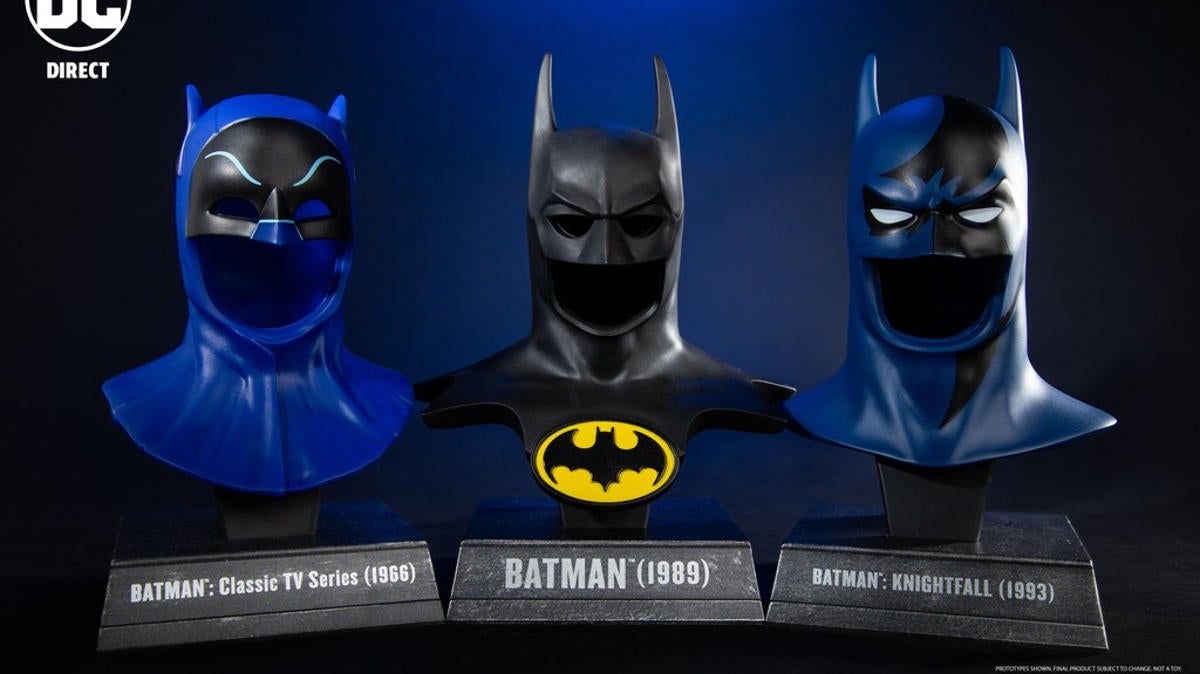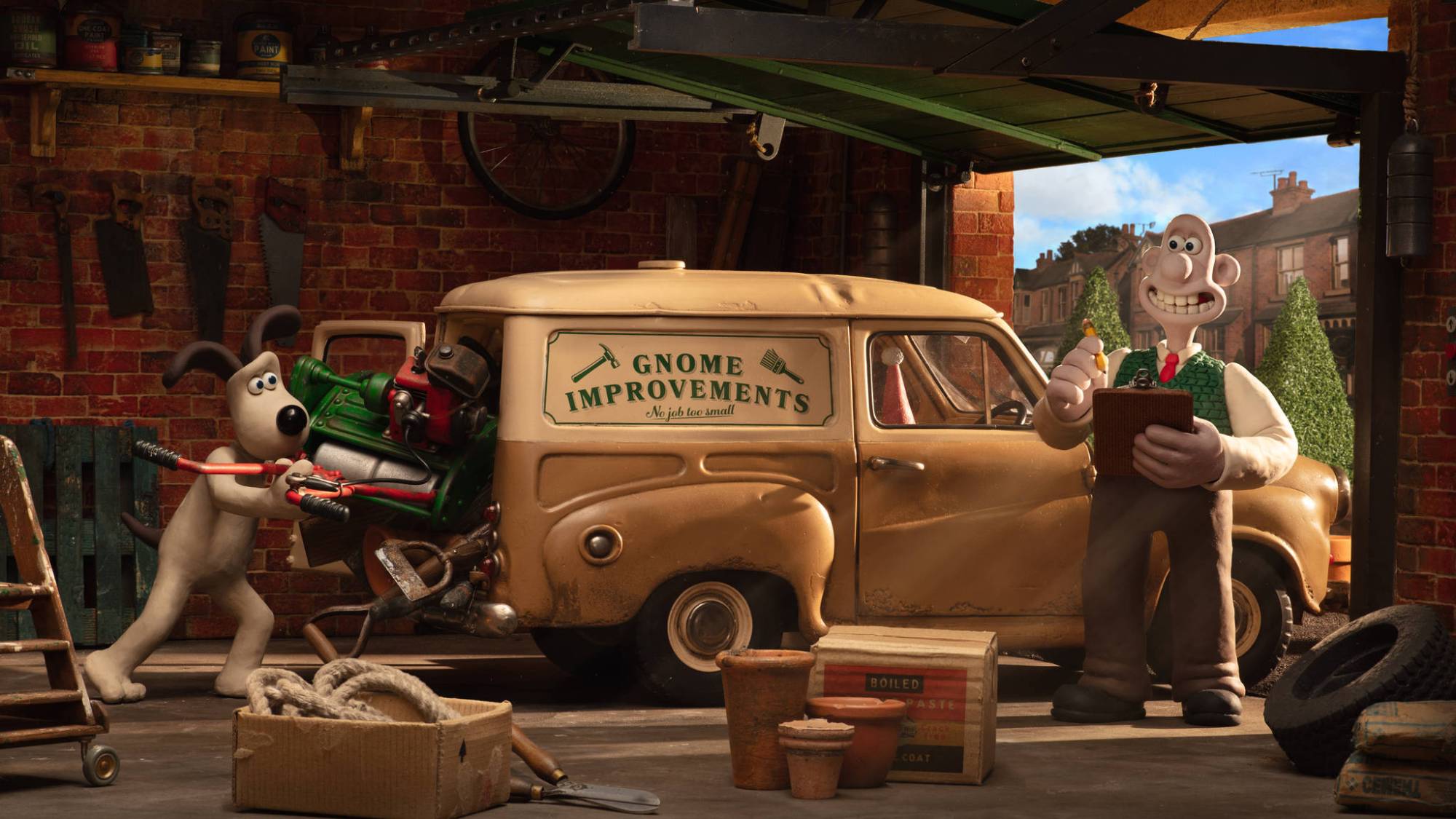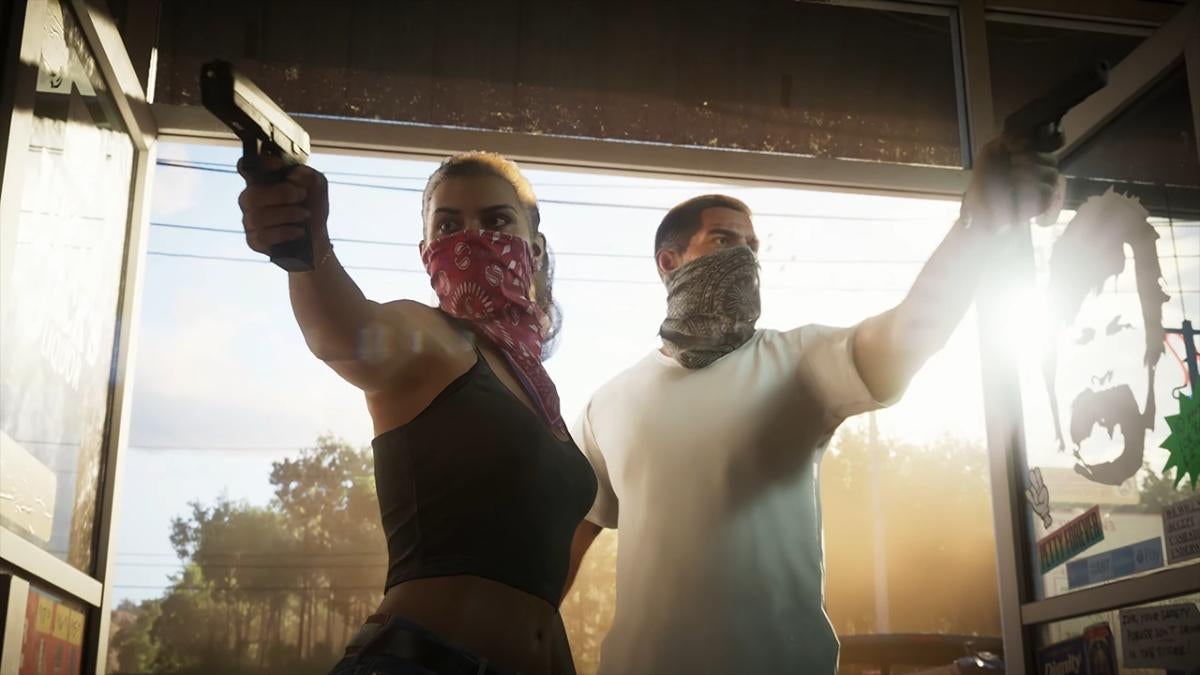Is Alex Garland’s new movie Civil War a provocative and balanced film, or an overly politicized disaster?
Alex Garland is known for poking at viewers’ thoughts and beliefs, even as he thrills them with unforgettable genre movie experiences. Whether it’s writing films like 28 Days Later, Dredd, or Sunshine, or writing and directing films like Ex Machina and Annihilation, Garland is one of the top filmmakers operating at the level of cult-following hitmaker. With Civil War Garland takes on his most ambitious story yet, writing and directing a vision of what it would look like if America’s Culture War explodes into an all-out Civil War – and not in some distant dystopian future, but right here, and right now.
The film follows a world-weary photojournalist named Lee (Kirsten Dunst) and her reporter partner Joel (Wagner Moura) who are covering a pivotal campaign of the Second American Civil War, which is being fought by multiple succeeding factions of the country. Lee and Joel get a lead that the White House will soon fall, and The President (Nick Offerman) will be captured by the rival WF military faction. They intended to be the first to report it, and start making plans to get from NYC to the front lines in Washington D.C., without getting killed along the way.

Lee and Joel quickly get saddled with two additional passengers: their mentor, veteran reporter Sammy (Stephen McKinley Henderson), and Jessie (Cailee Spaeny), a young would-be photojournalist who idolizes Lee. As the journey progresses, the group is forced to witness what America has become during the war, realizing the soul of the nation – as well as their own souls – may never be the same.
Civil War marks the most ambitious and large-scale project that Alex Garland has ever taken on. There’s sure to be a furious debate of the socio-political implications of the film, but what can’t be debated is the visual accomplishment here, which deserves the scope of an IMAX screen. Garland and his longtime collaborator, cinematographer Rob Hardy (Annihilation, Ex Machina, Mission: Impossible – Fallout) strike a deep chord of resonance by turning our current Americana landscape (from the cookie-cutter strip malls to the urban centers, small-town suburbs, and rural regions) into hauntingly real wartime landscapes. There is imagery in Civil War that will be impossible to forget – whether its bodies blown to bits in a block of midtown Manhattan, bodies strung up in a car wash, or carnage littering the sides of the highway; all familiar settings turned into war zones.
That is arguably the goal of the filmmakers: in a modern world where visual content is the biggest motivator, Civil War forces everyone to reconcile with a vision of what war across America would truly look like. It’s a major blow to idealized socio-political fantasies of one side “winning,” or “being right,” – and how ugly the “fix” truly is for getting rid of unwanted neighbors or purging oppositional beliefs. The script by Garland seems to be a simple “Point-A -to-Point-B” quest through a hellish terrain, but it’s a much smarter and more layered parable than that, which holds everyone accountable for division and violence. It’s no mistake that our protagonists are characters wrestling with the role of witnessing and creating content out of such harrowing events – nor does the film let them (or us) off the hook for the voyeuristic thrill of watching carnage as entertainment.

There will be a lot of debate about the political commentary of this film, no doubt, and Garland is not immune to leaking some of his own bias into it. That said, as an outsider looking in, the UK-born filmmaker quite purposefully characterizes this version of America’s civil conflict as having a dizzying amount of different sides, factions, and random combatants to keep track of – to the point that any “heroes” or “villains” become indistinguishable. The reporters’ journey reveals that even in strife, America remains a pastiche of left, right, center, ‘Who cares?’ beliefs, all colliding. Some people ignore the war; others could care less about sides, just survival; others (medical and social workers) care about service and care of everyone involved; some take up arms and choose to govern things themselves. Dunst’s character hammers home that all war is hell, and all battlefields are soul-crushing hellscapes, with no true “victories” to be found – socially, politically, or spiritually.
By the end of the film, that sentiment persists, as we’re left to wonder if a nation so violently divided could ever be healed again – even with significant symbolic action or “victory,” on one side. More terrifying yet is the notion that all this horror and carnage is bubbling just below the surface of our current society, waiting to make this film all too real.
With all that going on, it’s hard to look at Civil War in the traditional terms of a movie. The characters are left rather opaque (mostly brushstrokes of implication), but each cast member has a solid grip on the full scope of their character, conveying much with just looks, gestures, and sparse dialogue. Dunst and Spaeny are a compelling duo, conveying an entire subplot about the personal cost of ambition, fame, and exploitation in pursuit of seemingly noble goals – and how it influences the next generation. Moura and Henderson are great foils for their female co-stars, and certain actors that appear (like Breaking Bad‘s Jesse Plemons) leave big impressions during their brief vignettes.

Civil War will not be an easy film to engage with, but it is an important one to consider.
Rating: 4 out of 5
Civil War is playing in theaters and IMAX.







